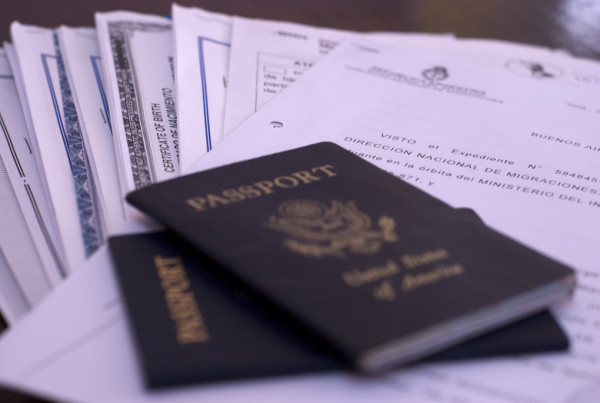Today, the Houston hip-hop sound is known around the world: hypnotic, narcotic slow-motion beats, pioneered by DJ Screw, which have found their way from the bayous of Syrup City to the Billboard Top 10.
But in 2004, the Houston sound was exclusive to the region. So how did the world come to love gripping grain, sipping purp, and riding dirty?
Shea Serrano, staff writer for Grantland and author of the new book “The Rap Year Book” talks to the Standard about the Mike Jones hit, “Still Tippin’.”
He says a rapper with passable skills and an indefatigable marketing streak helped drop the most important hip-hop song of 2004 — the track that’s been the template for all of Houston’s subsequent success.
“It sort of took all of the things that Houston was doing in rap,” he says, “and they just so happened to be placed in the right place at the right time… and everybody went crazy for it.”
Serrano says UGK and Geto Boyz were pioneers, but the 2004 crew in Houston figured out a way to make the sound more accessible. The video – cars with candy paint job and big rims swerving down Houston streets – featured Screwston, as the city would later be known, as a stage for this new sound.
“The crazy thing is, it wasn’t a new song,” he says. “2004 is when everybody heard it. It was a two-year-old song by that point.”
Serrano says a new producer and larger-than-life Houston rapper Paul Wall both helped “Still Tippin'” reach a wider audience with a new remix.
Even the terms for how DJ Screw mixed the song have spread through much of hip-hop culture – chopping, when DJs cut parts to repeat, and screwing, when DJs slow down the song’s beats-per-minute. The sound is found in all kinds of songs these days, but it serves as a time capsule for that moment when the H-town sound blew up.
“It’s incredible of how timeless it is but also how much it reminds you of a specific time period,” he says. “That’s another reason why it’s just undeniably special.”














